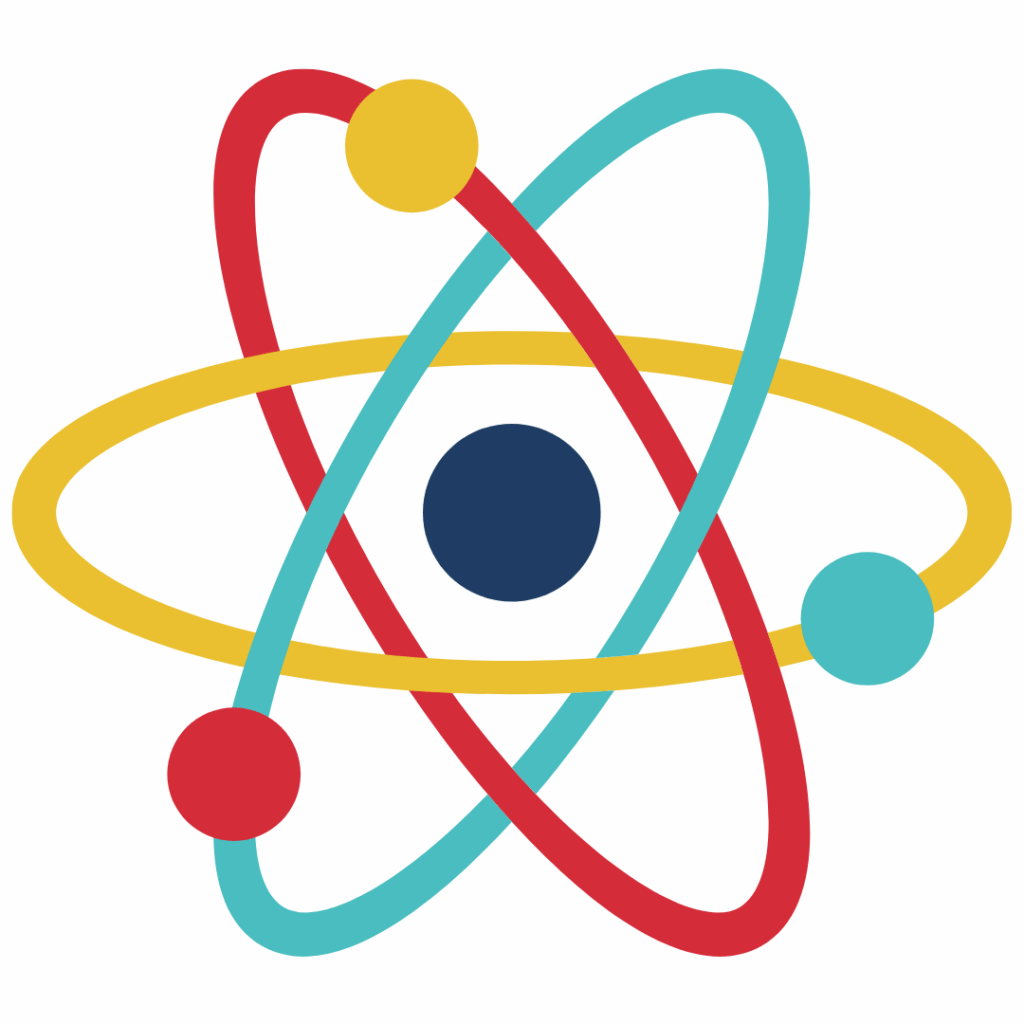

This week’s newsletter looks at altruism and paleolithic animation, plus a bit of brain gym on the weighty debate of whether light has mass or not.
Eyes on altruism
It’s World Humanitarian Day, established in 2008 to commemorate bombing of the UN Headquarters in Baghdad in 2003, where 22 humanitarian workers lost their lives. Many have paid the price for serving the humanitarian effort since then, with over 150 killed in Gaza in the six months to March 2024 alone.
This sobering UN report points out that over 305 million people around the world are in urgent need of humanitarian aid, with a perfect storm of conflict and climate change driving acute hunger and mass migration. This is not only desperate for those suffering today, but will leave a crushing legacy of mental and physical health conditions that will plague generations to come – Crisis and Emergency Response, Epigenetic Modifications in Stress Response Genes Associated With Childhood Trauma.
Not an especially up-beat read for a Tuesday morning, I know.
But acts of kindness could not only be good for our fellow humans, it could be good for your health, too, reducing stress and even boosting immune response – Kindness as a Stress Reduction–Health Promotion Intervention: A Review of the Psychobiology of Caring.
But can your small donation really help?
For those on the analytical end of the spectrum, this blog from the Effective Altrusim Forum is an interesting read, discussing typical multipliers (donation/impact factors) pointing out that small donors can sometimes beat larger donors in terms of effectiveness – extremely encouraging for those of us who don’t have much to spare – Despite billions of extra funding, small donors can still have a significant impact.
If you’re planning to ask for money, choosing the right lighting might help. People may be more likely to give more in brighter, cooler light, when they feel their donation can be seen, although the effects are complex and may depend on personality type – Effects of Ambient Illuminance on Explicit and Implicit Altruism: The Mediation Roles of Perceived Anonymity and Satisfaction with Light.
This explicit altruism effect may be linked to another phenomenon, known as Watching Eyes – where a pair of eyes positioned close to the point of decision may encourage prosocial or altruistic behaviour. But the case for adding this cue is complex, as this blog from Psychology Today points out, and if the eyes are seen as ‘creepy’, sticking them on the donations bucket may have the opposite effect – Do ‘Watching Eye’ Images Increase Charitable Donations?
Light Weight – Friday Factoid
Photons, or particles of light, are technically massless.
But they do have momentum, so they can transfer energy to a surface, effectively exerting pressure – leading some to consider that photons do, in fact, have mass. That’s how solar sails work – What is solar sailing?
If you feel like giving your brain a bit of a workout while you relax under a terrestrial parasol, you might enjoy this video, including the history of the massless photon debate – Video: Does Light Have Mass?
Paleolithic Animation
Watching the anarchic Bridport Torch parade casting dancing shadows on the ancient stonework on South Street, I was reminded of some research into Palaeolithic art that suggests they used these dynamics to create the illusion of motion in their art.
This team suggest that a set of small engraved tablets were carefully arranged around the hearth so that the softly flickering flames created a lifelike animation – Art by firelight? Using experimental and digital techniques to explore Magdalenian engraved plaquette use at Montastruc (France).
Another, related study used VR to replicate the topography of a cave that contained Palaeolthic art, discovering that participants perceived the features of the walls as resembling animals too, suggesting that we share the same tendency to see ‘see’ recognisable features or forms within random images with our art-making ancestors – The deep past in the virtual present: developing an interdisciplinary approach towards understanding the psychological foundations of palaeolithic cave art.